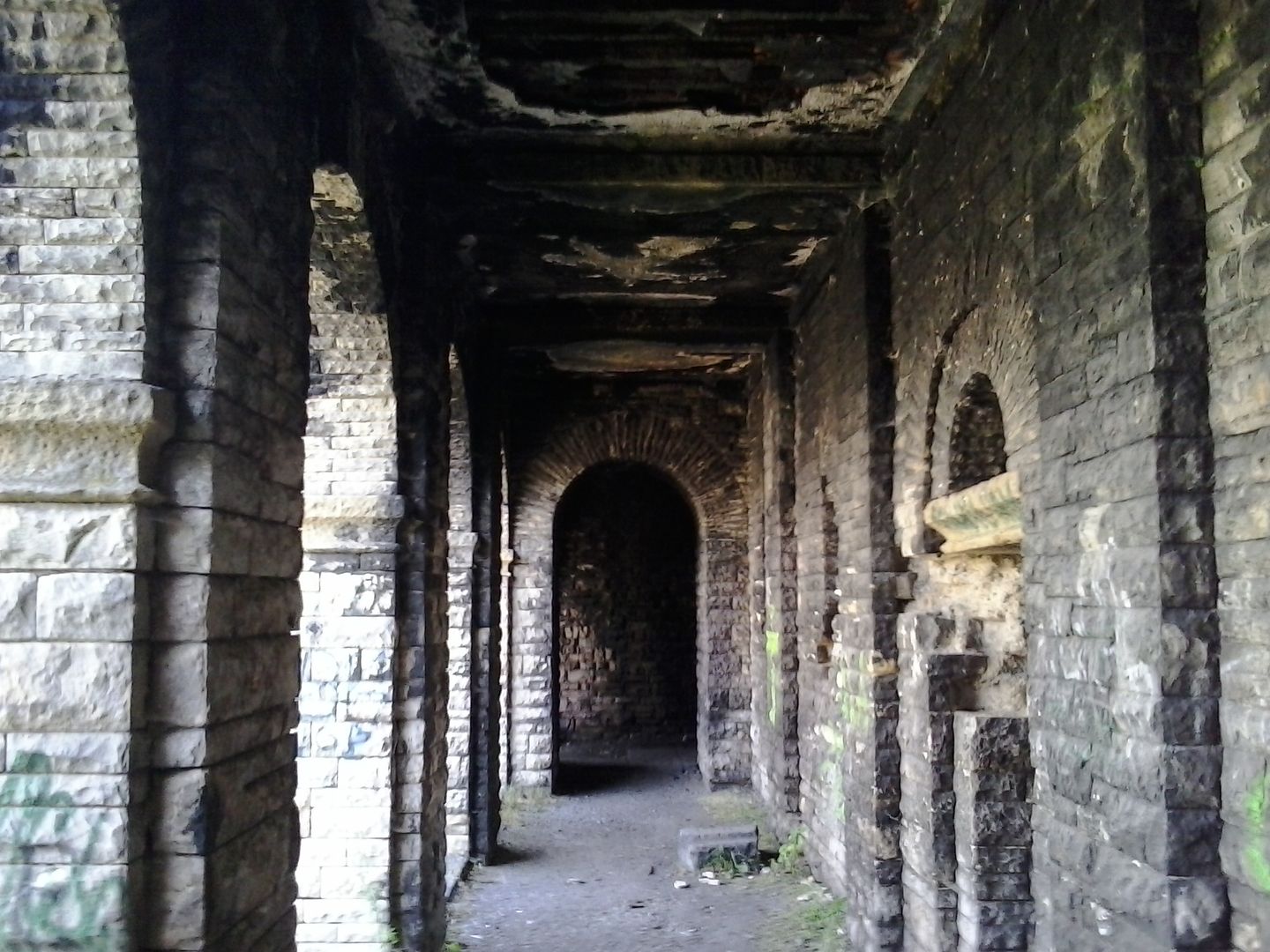Mausoleum in Wałbrzych
6.22

Overview
The "Save the Wałbrzych Mausoleum" campaign, launched on social media on January 24, 2020, aimed to protect and restore the mausoleum in Wałbrzych, which commemorates 170,000 Silesians who died during World War I, as well as the victims of mining accidents. Following appeals from residents and heritage enthusiasts, the city authorities began cleanup and conservation work to secure the site.
Built between 1936 and 1938 according to a design by architect Robert Tischler, the mausoleum features a square layout and a solid structure made of limestone and sandstone. Its architecture was originally enriched with elaborate details, such as marble-and-gold mosaics and a metal column adorned with sculptures of young men. In the 1930s, after the Nazis came to power, the monument became a symbol of local identity and ideology, emphasizing the contribution of various social groups to the building of the state.
Interestingly, the mausoleum is not a typical tomb but a cenotaph—a symbolic, empty tomb. After World War II, the structure fell into disrepair, and some of its elements, such as the column, disappeared from the landscape. There are also hypotheses about underground complexes linked to the mausoleum, though no conclusive evidence has been found to support these claims.
Today, plans are underway to install informational plaques to help tourists and residents better understand the historical and cultural significance of the site.
Location
Tickets
Powered by GetYourGuide
2025 Wizytor | All Rights Reserved